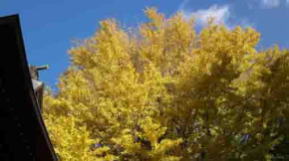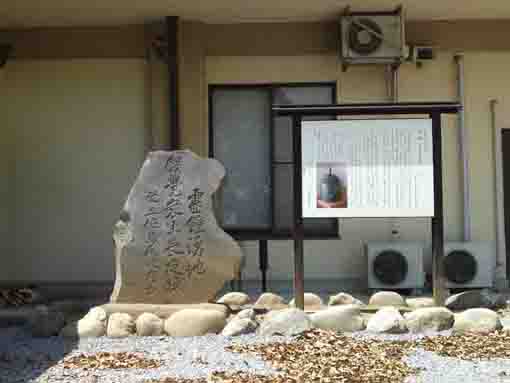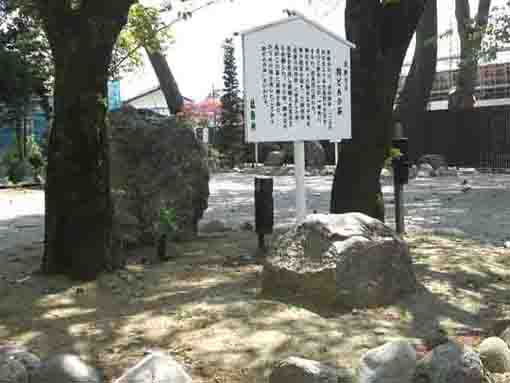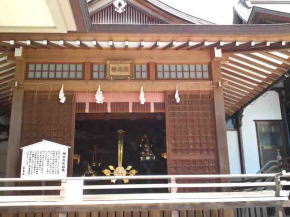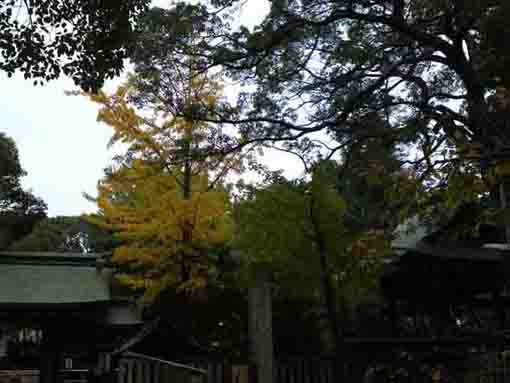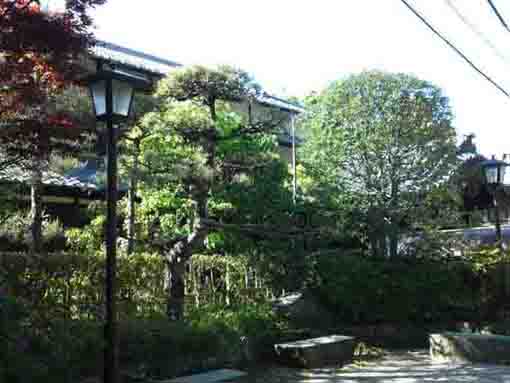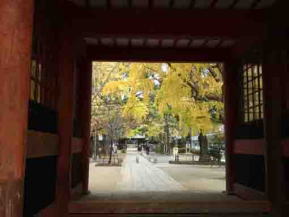Nakayama is in between Narita And Haneda International Airport
<クッキーについての同意並び欧州居住者向けプライバシーポリシー>
中山・下総・散歩道
Zuishinmon Gate of Katsushika Hachomangu Shrine
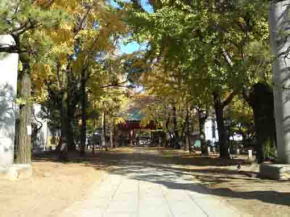
Viewing from the grand crossing of Keisei line, a red wooden gate is standing behind the second Torii gate and gingko trees along the approach to Katsushika Hachimangu Shrine. It is the Zuishinmon Gate of the shrine designated as the municipal property of Ichikawa city. The gate has survived the times of both the syncretism of Shintoism and Buddhism before Edo period and the separation of Buddhism and Shintoisma and the anti-Buddhist movement in Meiji era so it tells the history.
Why don't you visit and see the Zuishinmon Gate?
* Some pictures on this page are taken before the renovation.
Zuishinmon Gate of Katsushika Hachimangu Shrine
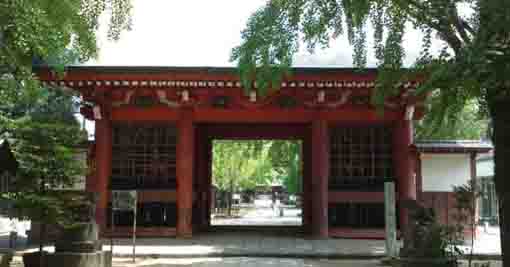
Zuishinmon Gate of Katsushika Hachimangu Shrine designated as the municipal cultural property of Ichikawa City.
Zuishinmon Gate designated as the cultural property of Ichikawa City is the Japanese style wooden building with gable roof. There are 3 ken (5.4 m) width distance between the pillars in the front and 2 ken in the side, and it has total 8 pillars so it is called 'Hakkyakumon' (a gate having 8 legs). The roof was originally one story thatched gable roof, but now it is the copper roof rebuilt in 1979. The Zuishinmon gate is red measured 10.36 m length and 4.45 m width.Until the Meiji Restration, in the site of Katsushika Hachimangu Shrine, there was Hacimansan Hozenji Temple, one of the branch temple of, Toeizan Kaeiji Temple, the Grand Head Temple in Kanto Resion of Tendai Sect in Buddhism, to manage the shrine, and the Zuichinmon Gate was called Niomon Gate (the Deva Gate) as statues of Nios (the Deva gods) had been in it. According to Edo Meisho Zue (a guide book describing Edo published in late Edo period), Hozenji Temple dedicated a statue of Amidanyorai as the main Buddha, and the statues of Kongo and Misshaku were standing right and left side of the Niomon Gate, and the statues of Tamonten and Daikokuten were seated behind them. However, some Buddhist properties had been destroyed and thrown out under the law of the separation of Buddhism and Shintoisma and the anti-Buddhist movement in Meiji era, the chief priest, staffs, supporters of Katsushika Hachimangu Shrine and Hachimansan Hozenji Temple had worked hard to protect the Zuishimon and its statues. They first moved the statues to other temple and they prepared new statues of Shintoism, both right and left minister generally called Zuishin, so they could change the name of the gate from Niomon to Zuishinmon. Then it became the Zuishinmon of Katsushika Hachimangu Shrine. Now the stautues of the gate are carefully preserved in Kaiganzan Tokuganji Temple in Gyotoku Ichokawa city
Set of articles supporting beams and pillars of the Zuishinmon Gate have some unique features that the construction members supporting them are very thick and Kaerumata (an English knot net) is huge, there are some sculptures of a dragon in clouds and a tiger in bamboos put on inside of it, so the gate is designated as the municipal property. The characteristics on the whole design of the Zuishinmon Gate shows the style in the end of Edo period. There is letters of the date 'Ansei 2nd (1855)' written on the Komainus (a pair of stone guardian dogs) sitting in front of the gate also tells when the gate was built.
Anyway, the Zuishinmon Gate had renovated from February 2003 to August 2004 since bases of some pillars were decayed. Moreover, a white horse called 'Shinme' and 4 gods (Chinese gods controlling 4 directions), Genbu in north, Suzaku in south, Seiryu in east and Byakko in west, were put on the back of the gate.
The Gate and the Statues of the Nios in Kaiganzan Tokuganji Temple
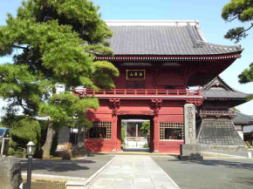
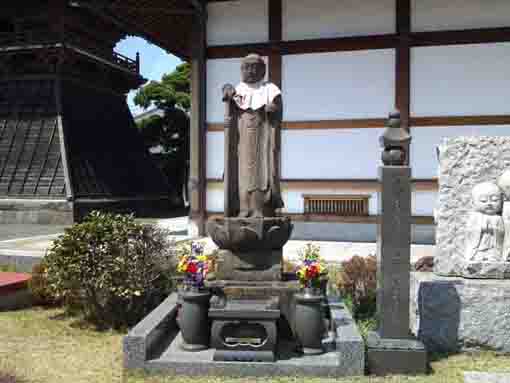
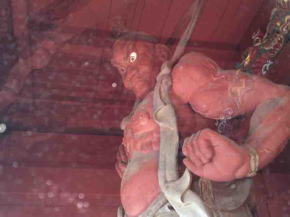
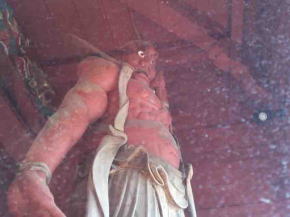
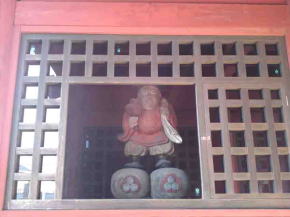
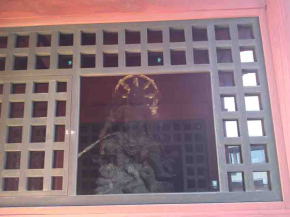
Kaiganzan Tokuganji Temple is a very beautiful and famous temple that Ieyasu Tokugawa and his family deeply worshipped and the greatest samurai worrier Mushashi Miyamoto visited.
In the both side of the Sanmon gate, there are the statues of the Nios, and there are the statues of the Daigokuten and the Tamonte behind them.
In addition, there is a jizo for consolation of Miyamoto Musashi in Tokuganji Temple.
引用、抜粋並びに参考
葛飾八幡宮内御由緒書
随神門前案内板
海厳山徳願寺前案内板
市川市ホームページ
市川市市立図書館ホームページ
江戸名所図会6 ちくま学芸文庫
房総叢書 紀元二千六百年記念 第8卷葛飾紀
房総叢書 紀元二千六百年記念 第6卷葛飾誌略
市川よみうり 2015年1月10日号
ウィッキペディア
The Location and Access to Zuishinmon Gate
Zuishinmon Gate of Katsushika Hachimangu Shrine
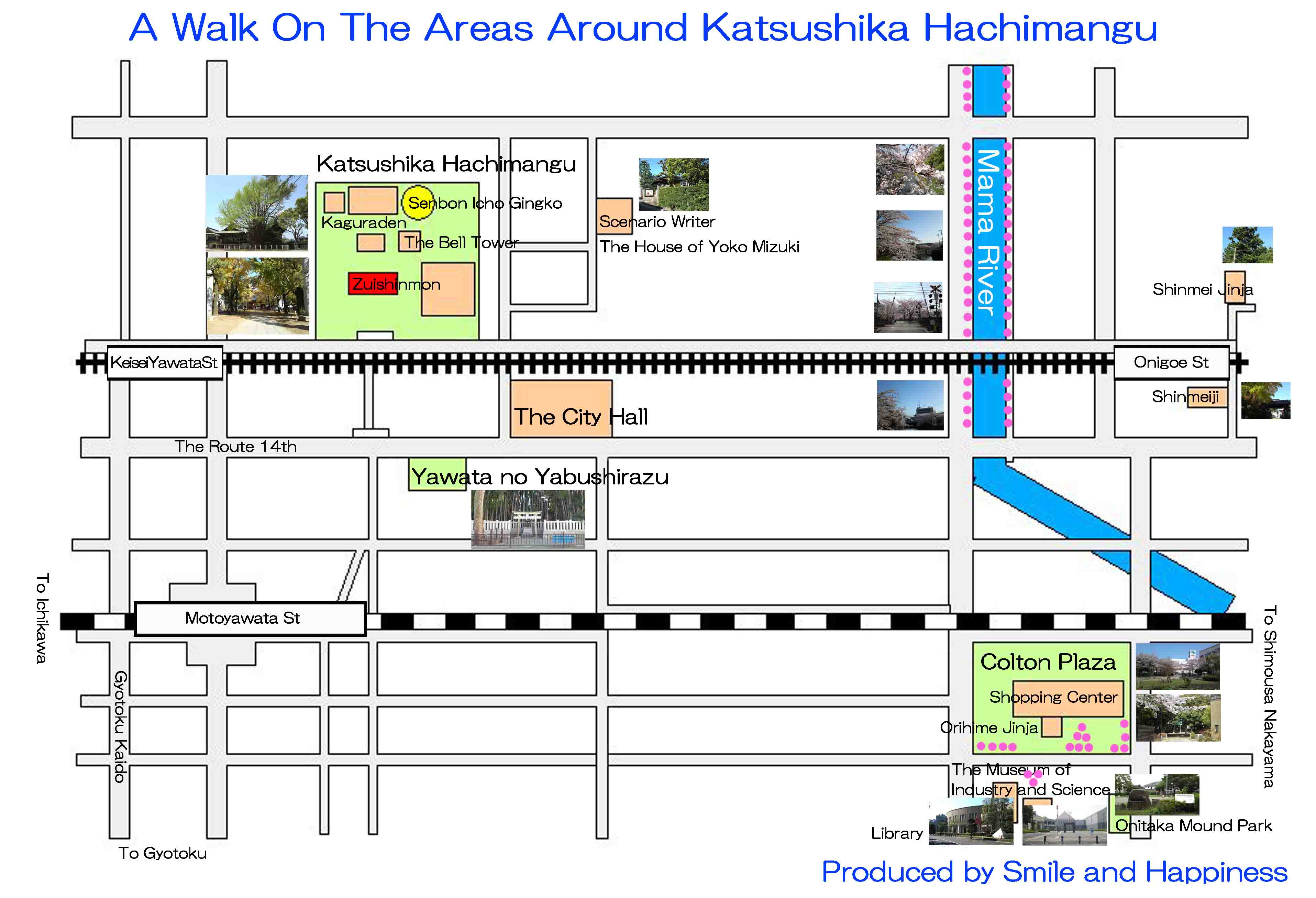
The Map to Zuishinmon Gate in Katsushika Hachimangu Shrine
PDF of the Map to Zuishinmon Gate in Katsushika Hachimangu Shrine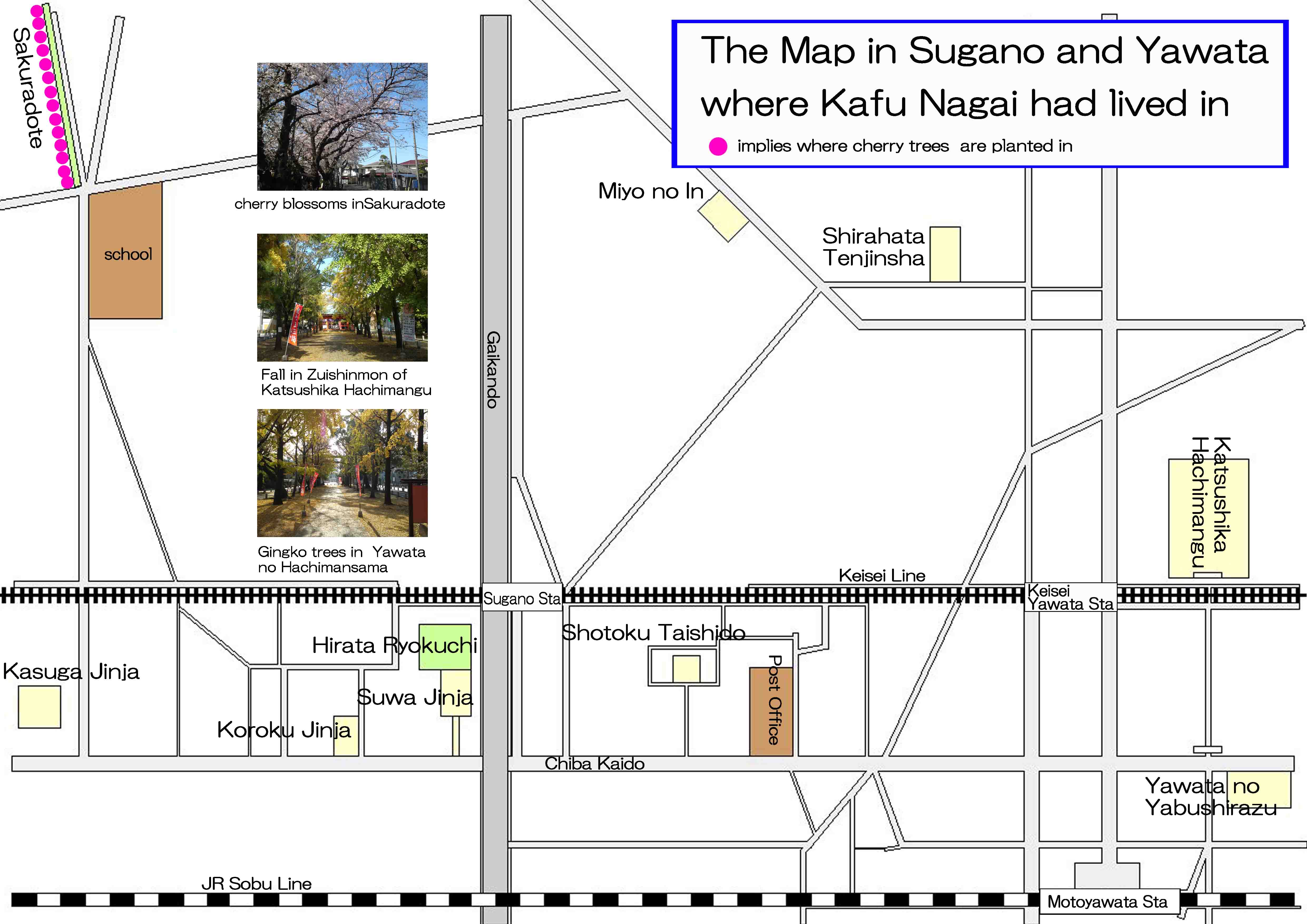
The map in Sugano and Yawata where Kafu Nagai having lived in
The map to the landmarks related to Kafu Nagai in Sugano- Zuishinmon Gate of Katsushika Hachimangu Shrine has great accessibilities from both Narita and Haneda International Airport.
- From Narita International Airport, take Keisei-line and get off Keisei Yawata Sta, take minimally 45 minutes from Narita Airport. And also take JR Sobu-express line, transfer the line at Funabashi to Keisei-line, get off Keisei Yawata Sta.
- From Haneda International Airport, take Keikyu-line bound to Narita, and get off Keisei Yawata Sta.
- Take 5 minute walk from Keisei Yawata Sta.
- 4-2-1 Yawata, Ichikawa-shi, Chiba-ken
The Scenaries in Katsushika Hachimangu Shirne
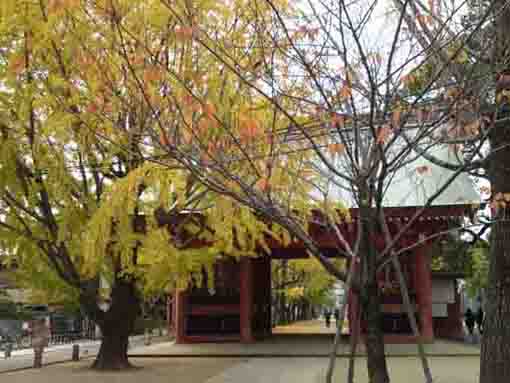
The Municipal Cultural Property Zuishinmon Gate
- 広告 Advertisement -
